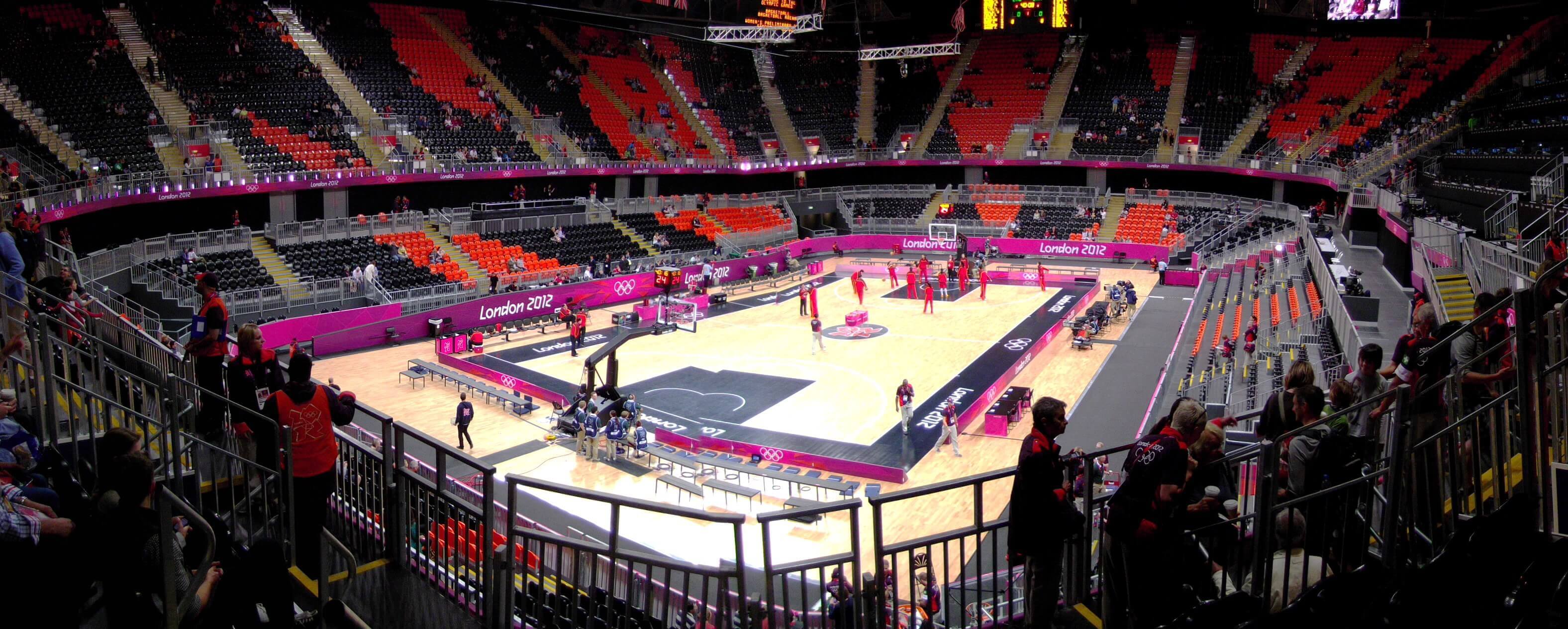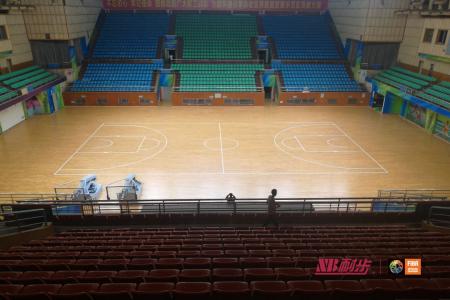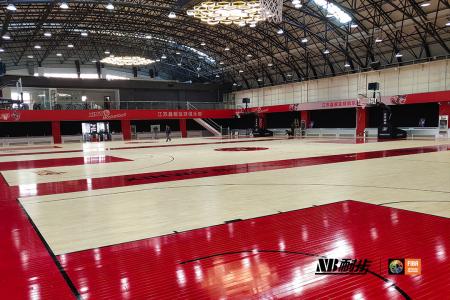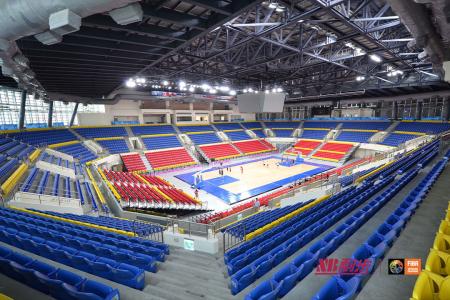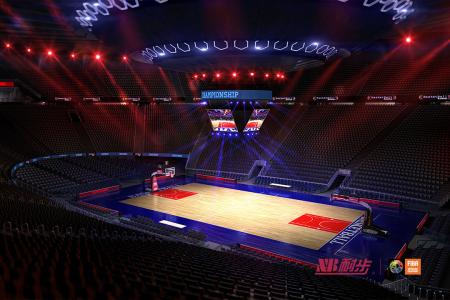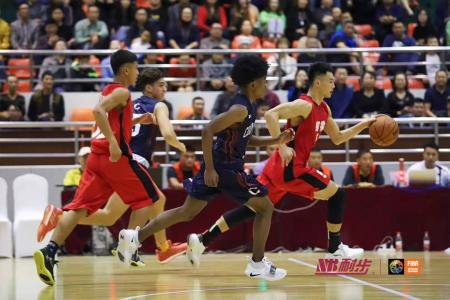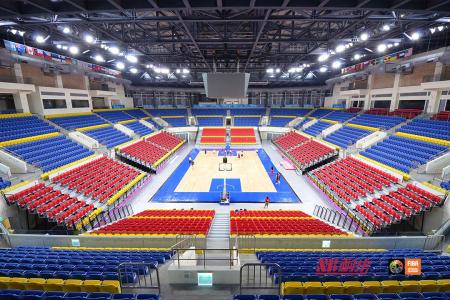Post-Industrial History of Stadium Architecture

From the perspective of technological development, the structural forms that appeared in the period of large-scale industry have been perfected and developed in this period, and some new structural forms are also being perfected. It can be said that the post-war decades have been a comprehensive preparation stage for the information and high-tech era, and considerable technology and experience have been accumulated. The sports buildings after the 1980s did not surpass the level of this period in terms of structural technology, but only put forward the idea of a new structural system. For example, the curved roof structure system proposed by American architect Fuller and realized by Geiger. This kind of curved roof is used in the current largest curved roof building - Georgia Stadium, which is the lightest structure in the roof structure with the same coverage area. After the Seoul Olympics, most sports buildings with a span of more than 100 meters have used this structural form.
It can be seen from this that the maturity of the structural system and the development of the spatial form of sports buildings promote each other. The liberation of space form first is the flexibility and change of the structural system. The advanced structural system fulfills the requirement of large-span column-free space, and the beauty expressed by the structure gives the sports building a new architectural image. The construction methods of sports buildings are developing in the direction of using lightweight and high-strength structures, and the new structural system enables the mechanical properties of building materials to be fully exerted. These innovations have transformed the characteristics of space form from body to face, from heavy to light, from straight to curved, and from steady to light. The modern structure attaches great importance to the performance of spatial continuity and structural lightness, and its spatial composition is also more flexible. Lightweight and high-strength materials have also emerged as the times require. These new structural systems and new building materials bring a brand new architectural experience and provide a reliable technical guarantee for the development of sports buildings.
From the perspective of humanistic environment, in the decades after the war, social wealth has increased greatly, and the relative peace under the shadow of the Cold War has made sports truly an indispensable part of social life. The great increase in productivity has brought about major changes in the socio-economic structure. As a part of the tertiary industry, sports show a strong momentum of development, tending to be performed, entertained, commercialized and commercialized. Sports is endowed with more cultural significance, and it has become a stage for different cultural and economic exchanges and competitions.
In order to meet the growing needs of people's sports activities, the construction and development of sports buildings has spread to almost every city in the world. In 50 years of development, the function of sports buildings has changed a lot:
First, the sports buildings have changed from special-purpose ones to multi-purpose ones, and the scale of sports buildings has expanded significantly. :
Second, the functions of sports buildings are becoming more and more complex, and the management arrangement of various streamlines has become a complex issue. Sports buildings not only have to hold large-scale sports events, but also bear the burden ofResponsible for the city's exhibitions, assemblies, performances and other activities.
Third, the sports building has to undertake large-scale conferences, concerts, and various exhibitions. The corresponding auxiliary facilities will also be changed, and the complexity of auxiliary spaces will increase accordingly.
Fourth, sports buildings are increasingly surrounded by the media, constantly developing and meeting the broadcast requirements of the media.
Changes in function directly affect the evolution of spatial patterns. Although the sports buildings are dominated by large spaces, and the spatial pattern with a clear master-slave relationship has not fundamentally changed, the specific spatial order and streamline arrangement have undergone new changes. The general plan of sports buildings is no longer the original circular, square and other traditional forms, but asymmetric oval, jujube-shaped, crescent, free-form, triangular planes have appeared one after another. Some sports buildings use the spare area of the structure to give them more functions, such as clubs, swimming pools, etc., forming a pattern of one main space and multiple sub-centers.

